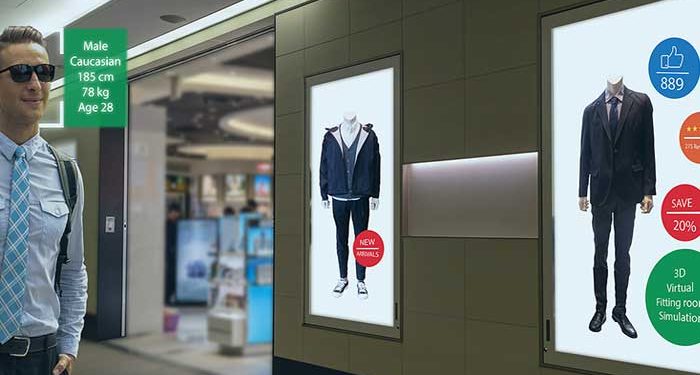The Covid-19 pandemic brought on a unique set of challenges that greatly affected how we live and interact with one another. As educational institutions shifted online, healthcare facilities turned into telehealth centers, and businesses operated remotely, all industries learned new ways to adapt to these changing times while actively mitigating health risks.
And while public spaces have finally started opening up, it has become more critical than ever to ensure the safety of all visitors while helping them maintain social distancing and other safety rules.
This is where digital signage comes in handy. These signage and wayfinding technologies help to anticipate your customer’s needs and recover from the consequences of a nationwide lockdown.
Research shows that the digital signage market is estimated to increase at 7.3%, from $20.8 billion in 2019 to $29.6 billion by 2024! This rise is due to the popularity of digital signage during and post-pandemic that offers additional value and guidance in public spaces.
This article will discuss how digital signage and wayfinding technologies can support customer and logistical challenges facing markets across industries.
How To Use Digital Signage Across Various Industries
Interactive wayfinding and signage reduce confusion, improve customer satisfaction, and make it easy for people to navigate a place while remembering to follow safety protocols. Whether you prefer displays for a single floor or an entire building, wayfinding signage can significantly improve your organization’s reputation and success. You can include directions to restrooms, show visual paths to different rooms throughout the building, and even incorporate quick mask and sanitizer reminders at the bottom of the screens.
Hospitals
Interactive digital wayfinding can guide visitors and patients throughout the facility, ensuring that they maintain social distance in waiting rooms and queues, and minimizing contact with hospital employees. This can help take the load off of nurses and facility staff, helping them to focus on more mission-critical duties.
Retail
Digital signage can be of immense help in grocery stores and other retail businesses where in-store shopping and cashier systems are still functional. Signage can help queue management show a clear and simple waiting list display that helps optimize customer flow. This ensures that people don’t have to stand together in lines and maintain a safe distance. Moreover, digital signage can also help with inventory management – notifying customers about the availability of products so they can minimize their time in busy aisles.
Offices
Signage can be used at offices and workplaces to help employees and guests safely navigate through the building. Along with thermal screening technology, digital signage can help control traffic around the building, show capacity limits, and advertise safety policies and reminders.
Employees can view pre-planned routes they can take throughout the building using one-way hallways or stairs, and see who is working remotely. Visitors can use wayfinding to navigate using either their phones or displays placed through the building.
Marketing campaigns
Digital signage can be used to distribute ads and branding information in an engaging, attractive design. Screens can let your customers know the steps you’re taking to keep them safe, how your employees are being cared for, and any changes to your processes.
Digital signage can also be utilized to communicate with customers at a distance, with high-definition images and videos to capture their attention.
Wrapping Up
Digital signage can help various facilities keep up with the changing landscape and conduct business in a safe and healthy environment.
Brands that emerge to be the most successful in the post-pandemic era will be the ones that can establish strong connections with their audience and prioritize their safety.





